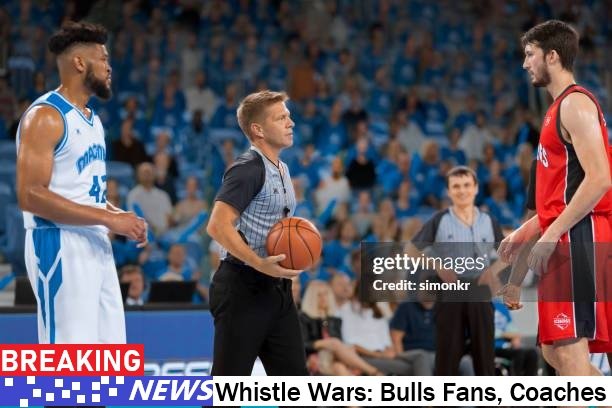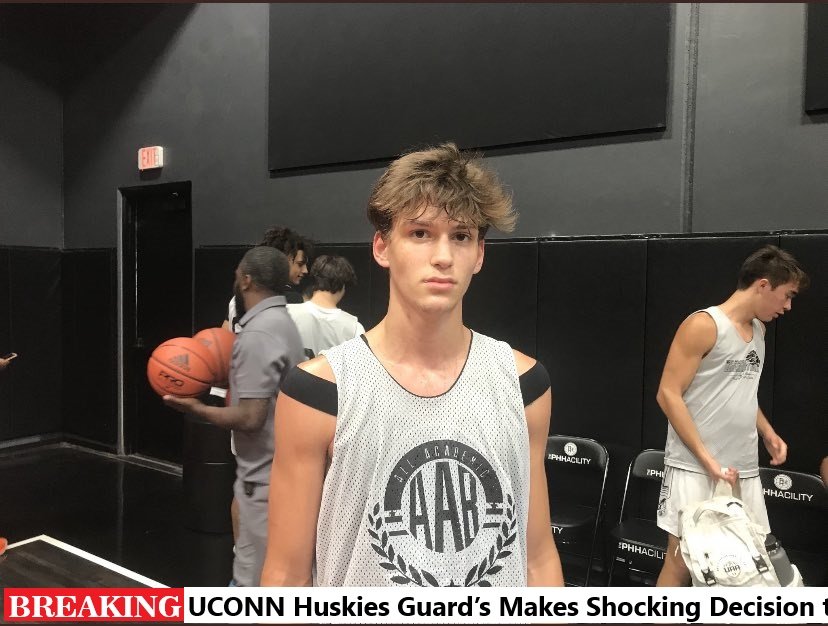The departure of three key players from the South Alabama Jaguars basketball team marks a significant transition as the new season approaches. This news headline not only impacts the team’s dynamics but also reflects broader trends in collegiate sports, particularly concerning player transfers and the evolving landscape of team compositions.
South Alabama, known for its competitive presence in the Sun Belt Conference, has faced both successes and challenges in recent seasons. The departure of three major players underscores the complexities faced by collegiate programs in maintaining roster stability and competitive edge. Understanding the implications of these departures requires examining both the specific players involved and the broader context of collegiate athletics.
Firstly, the departure of key players inevitably alters team dynamics. Each player brings a unique set of skills, leadership qualities, and experience to the court. Their absence will necessitate adjustments in strategy, playing style, and perhaps even team culture. Coaches and remaining team members will need to reassess roles and responsibilities, potentially reshaping the team’s identity in response to these changes.
Secondly, the reasons behind these departures are crucial in understanding their impact. Player transfers in collegiate sports can stem from various factors, including seeking better playing opportunities, academic considerations, personal reasons, or disagreements within the team or coaching staff. Each player’s decision to leave South Alabama likely involves a complex mix of these factors, reflecting individual ambitions and priorities.
From a strategic standpoint, losing three major players requires South Alabama to fill significant gaps in its roster. This may involve recruiting new talent, promoting bench players to starting positions, or adjusting gameplay tactics to compensate for the lost strengths of the departed players. Such transitions can be challenging, particularly when occurring shortly before the start of a new season, as it limits the time available for team cohesion and adaptation.
Furthermore, the impact extends beyond the immediate implications for South Alabama. It raises broader questions about the nature of player loyalty in collegiate athletics and the influence of transfer rules and regulations. The NCAA’s evolving stance on transfer eligibility and the increasing frequency of player movement highlight the shifting dynamics of player-team relationships in modern collegiate sports.
In recent years, the NCAA has adjusted transfer rules to grant players more flexibility in switching teams without penalties such as sitting out a season. This has contributed to a rise in transfers across all sports, challenging traditional notions of team stability and continuity. While these changes offer athletes greater freedom and opportunity, they also present challenges for coaches and programs striving for consistency and long-term success.
Moreover, the departure of three major players from South Alabama underscores the competitive pressures faced by collegiate programs. In highly competitive conferences like the Sun Belt, maintaining a competitive edge requires not only recruiting top talent but also retaining key players over multiple seasons. The ability to attract and retain talent is a crucial factor in a program’s ability to sustain success and build a strong fan base.
From a fan perspective, the news of these departures can evoke mixed emotions. Fans invest time, passion, and loyalty in their teams, often forging emotional connections with individual players. The departure of beloved players can thus elicit disappointment or concern about the team’s prospects for the upcoming season. However, it can also inspire optimism as fans look forward to discovering new talents and witnessing the growth of returning players who may step up to fill leadership roles.
In conclusion, the departure of three major players from the South Alabama Jaguars basketball team represents more than just a roster change; it signifies a broader narrative within collegiate athletics. It highlights the challenges of maintaining roster stability, the evolving dynamics of player-team relationships, and the competitive pressures faced by programs striving for success. As South Alabama prepares for the upcoming season with a reconfigured roster, the impact of these departures will unfold, shaping both the team’s immediate future and the ongoing discourse surrounding collegiate sports.









